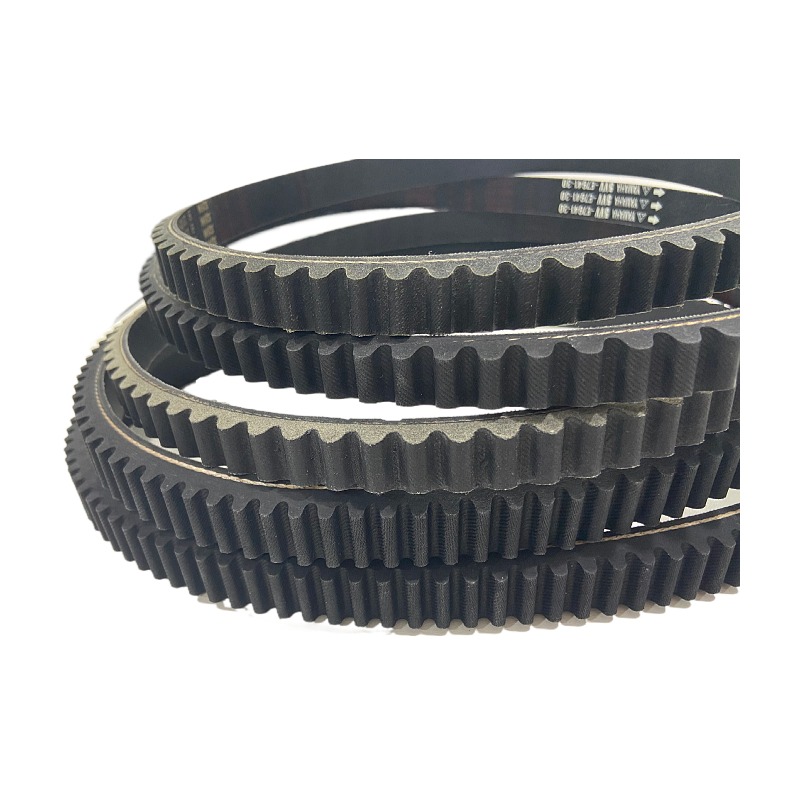- Arabic
- French
- Russian
- Spanish
- Portuguese
- Turkish
- Armenian
- English
- Albanian
- Amharic
- Azerbaijani
- Basque
- Belarusian
- Bengali
- Bosnian
- Bulgarian
- Catalan
- Cebuano
- Corsican
- Croatian
- Czech
- Danish
- Dutch
- Afrikaans
- Esperanto
- Estonian
- Finnish
- Frisian
- Galician
- Georgian
- German
- Greek
- Gujarati
- Haitian Creole
- hausa
- hawaiian
- Hebrew
- Hindi
- Miao
- Hungarian
- Icelandic
- igbo
- Indonesian
- irish
- Italian
- Japanese
- Javanese
- Kannada
- kazakh
- Khmer
- Rwandese
- Korean
- Kurdish
- Kyrgyz
- Lao
- Latin
- Latvian
- Lithuanian
- Luxembourgish
- Macedonian
- Malgashi
- Malay
- Malayalam
- Maltese
- Maori
- Marathi
- Mongolian
- Myanmar
- Nepali
- Norwegian
- Norwegian
- Occitan
- Pashto
- Persian
- Polish
- Punjabi
- Romanian
- Samoan
- Scottish Gaelic
- Serbian
- Sesotho
- Shona
- Sindhi
- Sinhala
- Slovak
- Slovenian
- Somali
- Sundanese
- Swahili
- Swedish
- Tagalog
- Tajik
- Tamil
- Tatar
- Telugu
- Thai
- Turkmen
- Ukrainian
- Urdu
- Uighur
- Uzbek
- Vietnamese
- Welsh
- Bantu
- Yiddish
- Yoruba
- Zulu
nóv . 29, 2024 19:47 Back to list
a serpentine belt
Understanding the Serpentine Belt A Key Component in Your Vehicle
The serpentine belt, a crucial component of many modern vehicles, plays an essential role in the overall functionality of the engine. Understanding its structure, function, and maintenance can help vehicle owners ensure optimal performance and avoid costly repairs down the line.
What is a Serpentine Belt?
The serpentine belt is a long, winding belt made of durable materials such as rubber, reinforced with fibers to increase strength and longevity. It is responsible for driving multiple peripheral devices in the engine, including the alternator, power steering pump, water pump, air conditioning compressor, and sometimes even the engine cooling fan. Its unique design, which allows it to twist and turn around various pulleys, enables it to efficiently service multiple systems at once, thus eliminating the need for separate belts for each component.
How Does it Work?
The serpentine belt operates by utilizing the rotational energy of the engine. When the engine crankshaft turns, it also turns the serpentine belt. This action drives all the connected accessories by transferring torque to their respective pulleys. As a result, the serpentine belt is vital for maintaining the electrical systems powered by the alternator, keeping the engine cool through the water pump, and ensuring the comfort of passengers with the air conditioning system.
Signs of Wear and Tear
a serpentine belt

Like all components, serpentine belts are not immune to wear and tear. Over time, they can become cracked, frayed, or glazed, which can lead to reduced performance or complete breakage. Some common signs that your serpentine belt may need replacement include
1. Squeaking or Chirping Noises Such sounds often indicate that the belt is slipping due to wear or lack of proper tension. 2. Visual Damage If you can see cracks or fraying on the belt, it’s time for a replacement. 3. Loss of Power Steering or Air Conditioning If these systems become unresponsive, the serpentine belt may have loosened or broken entirely. 4. Engine Overheating A malfunctioning water pump due to a failing serpentine belt can lead to overheating.
Maintenance Tips
Regular maintenance of the serpentine belt is essential for vehicle reliability. Here are some tips to keep it in good condition
- Routine Inspections Regularly check the belt for signs of wear, especially during oil changes or annual service checks. - Proper Tension Ensure that the belt maintains the correct tension. An overly tight or loose belt can lead to premature wear. - Replacement Schedule While many manufacturers recommend checking the serpentine belt every 60,000 to 100,000 miles, it's wise to refer to your vehicle's owner's manual for specifics.
Conclusion
The serpentine belt is an integral part of your vehicle’s engine system, contributing significantly to its overall performance and efficiency. By understanding its function, recognizing the signs of wear, and committing to regular maintenance checks, vehicle owners can ensure a smooth-running engine and avoid unexpected breakdowns. Being proactive with serpentine belt care not only extends the life of the belt itself but also supports the operation of all critical engine accessories, paving the way for a safe and enjoyable driving experience.
-
Korean Auto Parts Timing Belt 24312-37500 For Hyundai/Kia
NewsMar.07,2025
-
7PK2300 90916-T2024 RIBBED BELT POLY V BELT PK BELT
NewsMar.07,2025
-
Chinese Auto Belt Factory 310-2M-22 For BMW/Mercedes-Benz
NewsMar.07,2025
-
Chinese Auto Belt Factory 310-2M-22 For BMW/Mercedes-Benz
NewsMar.07,2025
-
90916-02660 PK Belt 6PK1680 For Toyota
NewsMar.07,2025
-
drive belt serpentine belt
NewsMar.07,2025

